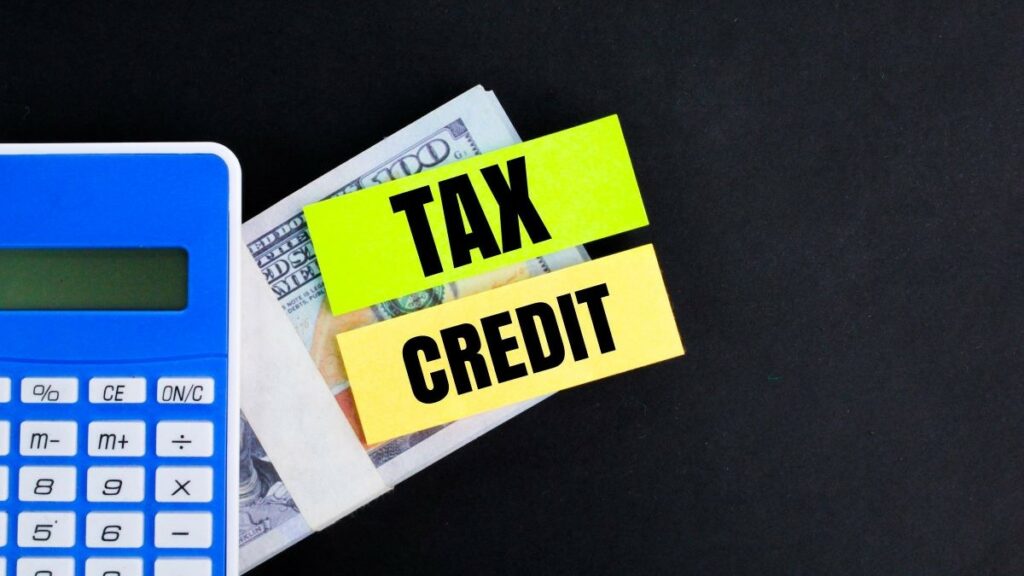Featured image by Fauzi Muda
The Employee Retention Credit (ERC) is a vital financial relief measure from the US government that supports businesses during challenging times such as the COVID-19 pandemic. Understanding how the ERC works is crucial for businesses seeking to maximize its benefits. In this blog, we delve into the mechanics of the ERC, explore eligibility criteria, discuss the deadline for ERC claims, and provide insights into the timeline for receiving ERC tax credit refunds.
What Is the Employee Retention Credit?
The ERC is a refundable tax credit. Its purpose is to incentivize businesses to retain employees during periods of economic disruption. It was established as part of the Coronavirus Aid, Relief, and Economic Security (CARES) Act. It has undergone modifications in subsequent legislation to provide further support during the pandemic.
What Are the ERC Eligibility Criteria?
To qualify, businesses must meet specific eligibility criteria, which include:
Business Size: Generally, this refund is available to businesses with 500 or fewer employees. However, during the pandemic, some larger employers may also qualify.
Partial or Full Suspension of Operations: Businesses must have faced either a partial or full suspension of operations due to governmental orders related to COVID-19. Alternatively, they must have experienced a significant decline in gross receipts.
Gross Receipts Decline: Eligibility hinges on a significant decline in gross receipts. In 2020, a decline of 50% or more compared to the same quarter in the prior year is required for eligibility. For 2021, the threshold was reduced to 20%.
RELATED ARTICLE: TAX ADVANTAGES FOR THE SELF-EMPLOYED OF DONATING TO CHARITY
What Is the Filing Deadline for ERC?
It’s essential for businesses to be aware of the ERC filing deadline to ensure they don’t miss out on this valuable relief measure. As of the most recent guidance (in September 2021), the deadline for filing the Form 941-X to claim the ERC for a particular calendar quarter is within the later of:
- One year from the date you filed your original Form 941 for that quarter, or
- The due date of your Form 941 for the quarter after the calendar quarter in which the qualified wages were paid
However, please note that these deadlines and requirements may have evolved. Therefore, it’s crucial to consult the most current IRS guidance or a tax professional for the latest information.
RELATED ARTICLE: HOW EMPLOYEE BENEFITS CAN GROW YOUR BUSINESS
What Is the Timeline for Receiving These Refunds?
The timeline for receiving these refunds can vary. Generally, it can take several weeks or even months to receive your refund. The ERC refund processing time depends on factors such as the volume of claims, the accuracy of your submission, and the efficiency of the IRS.
It’s essential to keep track of your ERC claim. You should also maintain detailed records of your application and ensure that all required documentation is complete and accurate. Promptly responding to any inquiries or requests from the IRS can also expedite the refund process.
Wrapping Up
The Employee Retention Credit (ERC) is a valuable tax credit that helps businesses retain employees during challenging economic times. To benefit from the ERC, businesses must meet specific eligibility criteria, file claims within the deadline, and understand that there may be a variable timeline for receiving tax credit refunds.
Staying informed about ERC updates and consulting with tax professionals can ensure that businesses maximize this important relief measure and navigate the complexities of ERC effectively. Remember that tax laws and regulations can change. Therefore, always refer to the most current IRS guidance for the latest information.
RELATED ARTICLE: WORK OPPORTUNITY TAX CREDIT: WHAT EMPLOYERS MUST KNOW
